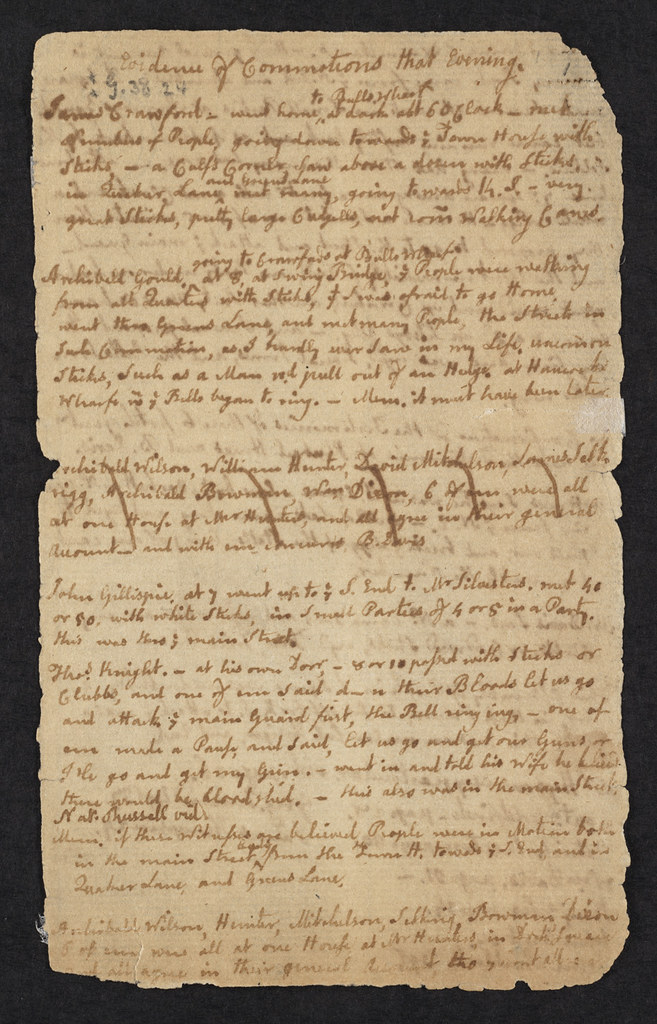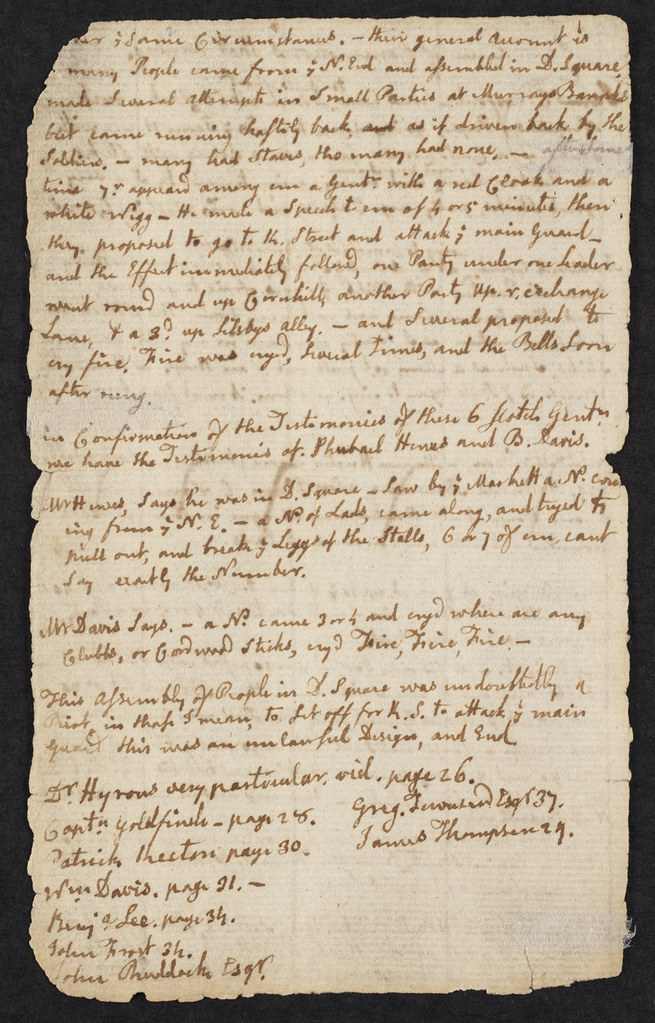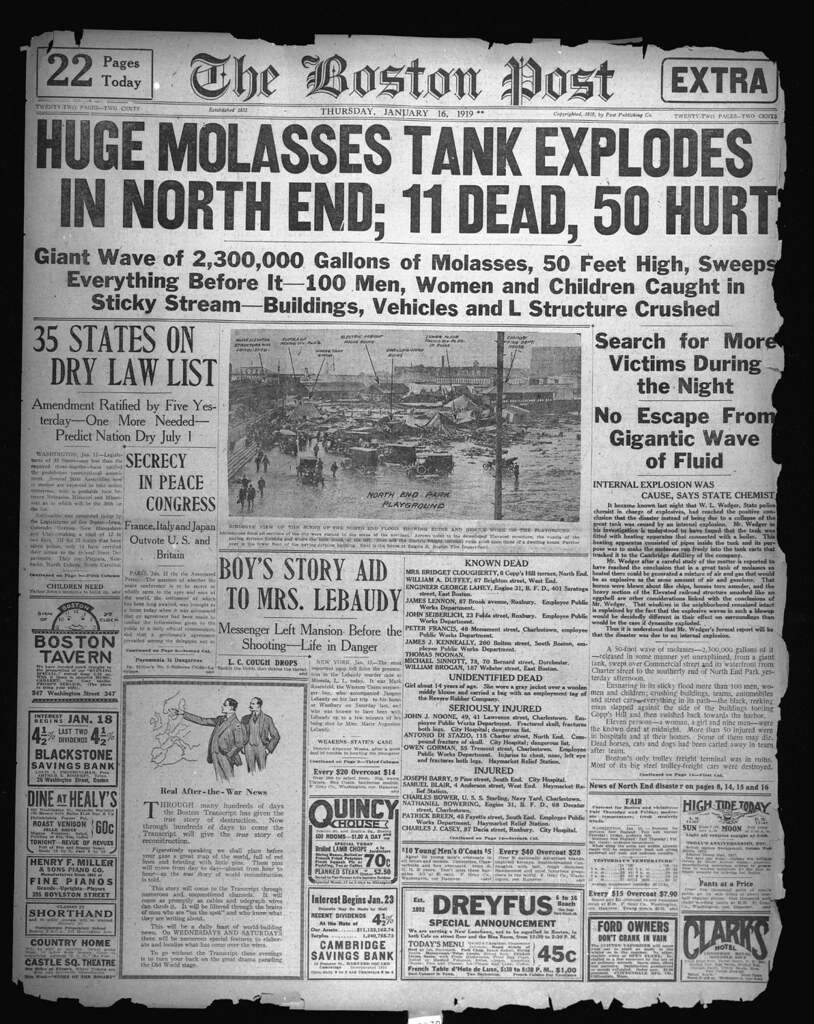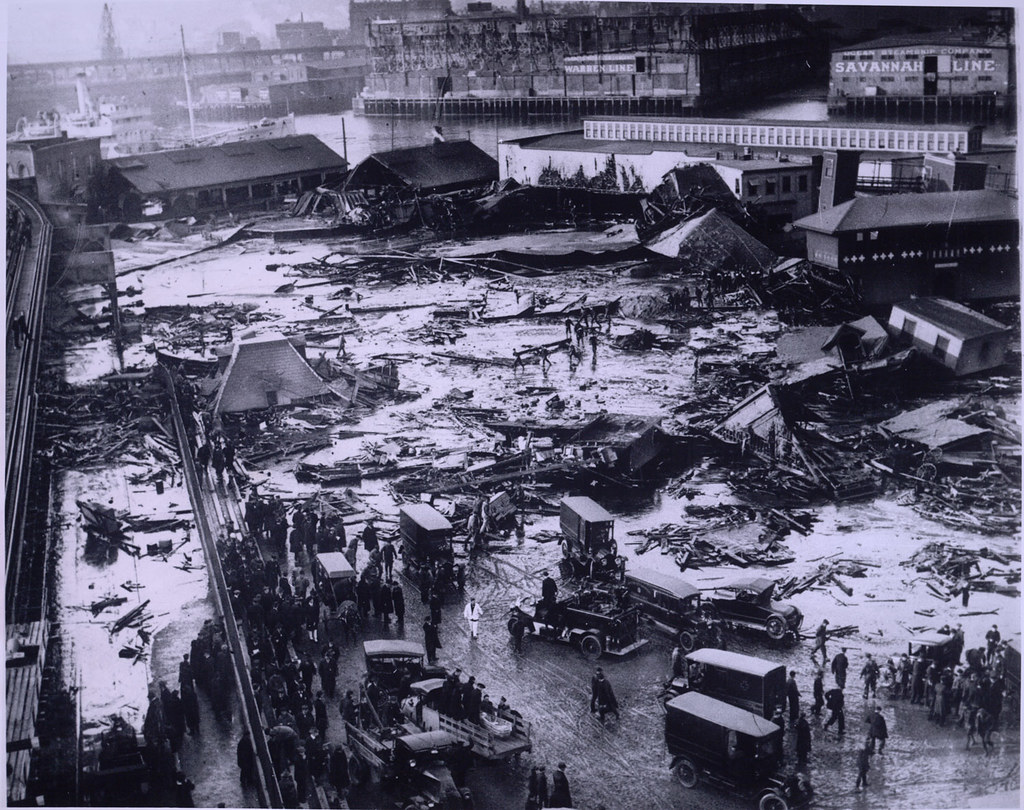Welcome to DU!
The truly grassroots left-of-center political community where regular people, not algorithms, drive the discussions and set the standards.
Join the community:
Create a free account
Support DU (and get rid of ads!):
Become a Star Member
Latest Breaking News
Editorials & Other Articles
General Discussion
The DU Lounge
All Forums
Issue Forums
Culture Forums
Alliance Forums
Region Forums
Support Forums
Help & Search
Massachusetts
Showing Original Post only (View all)Maps Reveal How Immigration Transformed Bostonís Neighborhoods [View all]
http://www.wired.com/wiredscience/2014/03/maps-immigration-boston/
A 1905 bird's eye view of Boston's harbor, the second busiest port of entry for new immigrants at the time. More than 530,000 people entered the U.S. here between 1900 and 1910. Norman B. Leventhal Map Center at the Boston Public Library
Maps Reveal How Immigration Transformed Boston’s Neighborhoods
By Greg Miller
03.21.14 8:00 AM
In 1910, Boston was the fifth biggest city in the United States, with a population just over 670,000. It was the second busiest port of entry for foreigners at the time, and 240,000 of its citizens were foreign born. A new exhibit at the Boston Public Library uses maps, modern and historic photos, and census data to illustrate how waves of immigration shaped the city and its individual neighborhoods in the 20th century — and continue to shape them today.
“The idea is to look at Boston as a whole, but then to zero in on certain neighborhoods and see what those stories are,” said Michelle LeBlanc, director of education at the library’s Norman B. Leventhal Map Center, which is hosting the exhibit. “It’s sort of a microcosm-macrocosm way of looking at the city.”
Boston is a smaller city today than it was a century ago, with a population of about 636,000 in 2012, according to the Census Bureau. But its population is rebounding after dipping below 563,000 in 1980. “Over the last 10 years Boston’s population has grown, and it’s largely just because of immigration,” LeBlanc said. “We would have lost population otherwise.”
The percentage of foreign-born residents is lower than it used to be: 27 percent, compared to 36 percent in 1910. But some neighborhoods are still remarkably diverse. East Boston’s population is almost 50 percent foreign born, the highest percentage of any neighborhood in the city.
--
The Boston Public Library is a marvelous resource. Did you know they have online photo collections?
http://www.flickr.com/photos/boston_public_library/collections/
http://www.flickr.com/photos/boston_public_library/sets/72157623742255962/#
March 5, 1770, marked a watershed moment in Massachusetts’ growing unrest and a major milestone in John Adams’ legal career. That evening, a local crowd converged on a small group of British soldiers in front of Boston’s Custom House. The townspeople pelted the redcoats with sticks, oyster shells, and snowballs, provoking the anxious soldiers to fire into the crowd, killing five colonists. Anger immediately swelled among the Bostonians. Publications soon proclaimed the event the “Boston Massacre,” and a war of propaganda raged between indignant colonists and British loyalists.
At the time of the Boston Massacre, Adams was one of Boston’s leading attorneys, and he maintained that the incident was a telling reminder of the dangers of standing armies. However, he also believed deeply in every citizen’s right to a fair trial. He did not hesitate when approached to take on the defense of the British troops, although he knew that his reputation and legal practice might suffer an irreparable blow. He stood firm on principle and deemed it “one of the most gallant, generous, manly and disinterested Actions of my whole Life, and one of the best Pieces of Service I ever rendered my Country.”
He scrawled these small journal pages of extremely detailed notes regarding eyewitness testimony during the trial proceedings and drew heavily from them in his summation. In his notes, he documented the list of witnesses and the “Evidence of Commotions that Evening,” including such particulars as “Ice & Snow Balls thrown, Sticks rattled upon their guns… Boys hove Pieces of Ice at Sentry as big as your fist, hard and large enough to hurt a Man.” Drawing upon both classical and contemporary precedents, Adams’ impassioned arguments for the natural right of self-defense had an “electric effect” on the courtroom and succeeded in winning the British soldiers’ freedom.
http://www.flickr.com/photos/boston_public_library/4479014301/in/set-72157623742255962


..
One more :
http://www.flickr.com/photos/boston_public_library/sets/72157624622085789/
The Boston Molasses Disaster, also known as the Great Molasses Flood, occurred on January 15, 1919, in Boston’s North End. The disaster occurred on an unusually warm day at the Purity Distilling Company when a large storage tank containing 2.3 million gallons of molasses burst. The collapse unleashed an immense wave of molasses fifteen feet high, moving at 35 miles an hour. Nearby buildings were swept off their foundations and several North End blocks were flooded to a depth of two to three feet. Nearly 150 people were injured and 21 people and several horses were killed in the disaster.
It took over 87,000 man hours to remove the molasses from the streets, theaters, businesses, automobiles, and homes. Boston Harbor was still brown with molasses until summer. Local residents brought a class-action lawsuit, one of the first held in Massachusetts, against the United States Industrial Alcohol Company (USIA), which had bought Purity Distilling in 1917. USIA ultimately paid out $600,000 in out-of-court settlements. The event has entered local folklore, and some residents claim that on hot summer days, the scent of molasses still hangs in the air.


.
How cool is that?
4 replies
 = new reply since forum marked as read
Highlight:
NoneDon't highlight anything
5 newestHighlight 5 most recent replies
= new reply since forum marked as read
Highlight:
NoneDon't highlight anything
5 newestHighlight 5 most recent replies